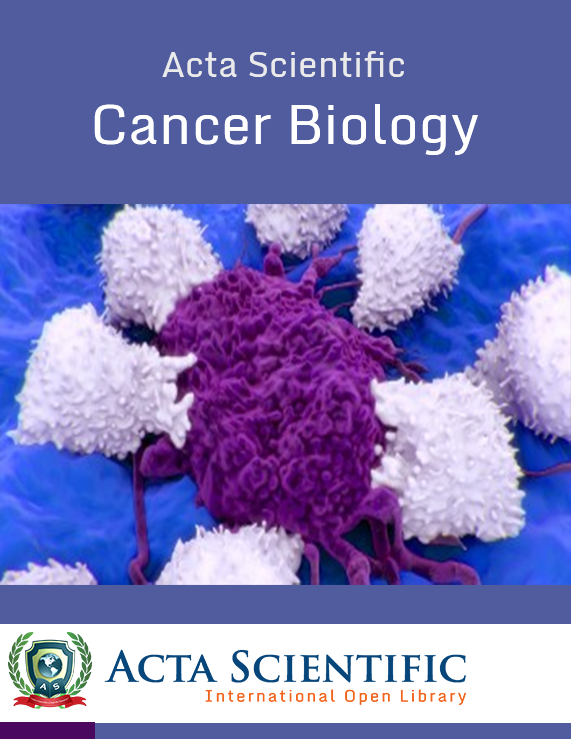He who saves one human life saves the world entire
Cancer treatment is in an “Immune Revolution”. These molecules that fall into two main groups:
- those that target molecules whose action prevents the immune system from eradicating the tumor. The targeted molecules are involved in inhibitory pathways and immunotherapy drugs work by blocking these molecules (known as immune checkpoint inhibitors, ICI);
- those that target molecules whose action helps the immune system eradicate the tumor. The targeted molecules are involved in co-stimulatory pathways and immunotherapy drugs work by being agonists of these molecules.
It means that some molecules must block the activity of the protein (antagonists), while the others must enhance the activity of proteins (agonists).
All this predetermined the development of a new class of molecules with the properties of mixed agonists / antagonists.
These are the new molecules Mercureid.
Further studies of new therapeutic agents, mixed agonists / antagonists of nanomolecules Mercureid in multitarget immunotherapy targeted at reprogramming the activity of 9 receptor proteins, are crucial for the development of the most effective cancer treatment strategies. According to the study, it can be stated that Mercureid application in the combination with neoadjuvant chemotherapy (NAC) demonstrated the greatest clinical benefits for cancer patients, by involving the immune system in the process of tumor destruction. It made the tumor immunologically “hot”, by enhancing its infiltration with T cells, reducing the risk of metastasis, inhibiting several very important immune checkpoint proteins, thereby increasing the cytotoxic effect of T-lymphocytes and, accordingly, the duration of disease-free survival of patients.
Аrticle entitled “Results Of Multitarget Therapy Anti-PD-1 / PD-L1 / CD19 / CD25 / CD38 With Application Of MSC-428 Molecules In Patients With Different Oncopathology” has been published in online in AS Cancer Biology.



